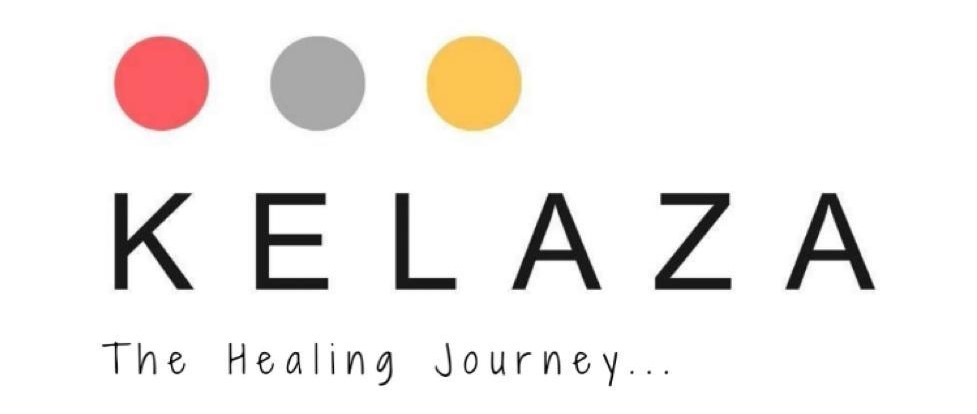Socioeconomically disadvantaged participants frequently reported difficulties finding sterile water to use as a drug diluent and would often use discarded or re-used bottles as a source of water, increasing the risk of oral flora contamination of these water sources. Failure to adequately perform skin hygiene prior to injection and subsequent re-use of the needle could lead to the contamination of the syringe with skin flora. Storage of cottons/filters and cookers already exposed to wet material could provide an environment for bacteria to remain viable and proliferate. The re-use of this drug injection equipment not only exposes the PWID to bacteria [45] but potentially a higher inoculum than other possible pathways for bacterial introduction. This study indicates the need for widespread provision of harm reduction supplies to PWID including clean injecting equipment and sterile water.
Human immunodeficiency virus (HIV) is an infection that attacks the body’s immune system. Acquired immunodeficiency syndrome (AIDS) is the most advanced stage of the disease. For the purposes of addressing HIV and STD prevention, high-risk substance use is any use by adolescents of substances with a high risk of adverse outcomes (i.e., injury, criminal justice involvement, school dropout, loss of life).
Actions focused on mitigation of outbreaks and epidemics
The passage of the Orphan Drug Act changed this trend by offering tax credits, research incentives and prolonged patent lives for companies actively developing drugs for rare diseases. It is important to note that people with HIV who are taking ART and have an undetectable viral load do not transmit HIV to their sexual partners. Early access to ART and support to remain on treatment is therefore critical not only to improve the health of people with HIV but also to prevent HIV transmission.
As local conditions alter demographically, or as a result of climate change potentially expanding the range of locations suitable to a particular pathogen or vector, increased global connectivity will enable pathogens to reach these new environments more rapidly (Figs 3,4). Here, we review the impact of global change on three forms of global connectivity — international travel, human migration and local-scale mobility, and the international trade of animals, animal products and plants — while considering the impact on infectious disease risk. Technological change over the past two decades has dramatically lowered the cost of international travel, while demographic change has led to heightened demand for inexpensive flights (Fig. 1b). Demographic and climatic drivers have altered patterns of local mobility and regional migration, while rising demand and technological change have increased the trade of plants and animals. At the same time, an increasingly urban population is better connected than ever before to global travel networks (Fig. 4).
Control and prevention of infectious diseases from a One Health perspective
In terms of air travel, the 2015 Zika virus disease epidemic in the Americas may provide a recent example of a pathogen spreading into a susceptible vector population, likely facilitated by high connectivity78. Zika virus is thought to have been introduced to Brazil from French Polynesia and vectored by Aedes spp., although the volume of air travel during this period makes it almost signs of drug use impossible to conclusively determine the origin78. Similarly, it is hard to pinpoint the pathway via which West Nile virus was introduced into the USA in the 1990s; however, transport by either shipping (transporting vectors) or aircraft (transporting a human host) is likely79. More broadly, climate change complicates the picture in terms of possible future introductions.

However, improved sanitation lowers the risk of exposure to V. cholerae and has led to a decline of the disease in many locations53. Besides bushmeat, the trade of exotic animals to be used as pets also narrows the barriers between humans and exotic pathogens. In this article, you will learn more about the common infectious diseases that can result from drug misuse, other long-term effects of drug misuse, and how to get treatment for a substance use disorder. Contracting infectious diseases can directly result from drug use, as well as from the risky behaviors that a person may engage in when under the influence.
Promotion of hygiene practices
Drug users contract these diseases or other infections through unsafe substance abuse practices. They are often desperate and succumb to drug cravings to satisfy uncomfortable withdrawals. The grips of addiction can be so tight that they cannot control their ability to abstain from drug abuse even if they desire to. Sadly, even if these individuals receive treatment, it is often too late to prevent them from contracting a disease. Sharing needles, syringes, or other injection equipment also puts people at risk for getting viral hepatitis.
- Of the new HIV cases caused by injection drug use in 2010, about 62 percent were men and 38 percent were women.
- These technologies also allow the monitoring of outbreaks, epidemics, and pandemics accurately and practically in real time (Ellwanger et al., 2017; Geoghegan and Holmes, 2017; Grady and Loman, 2018; Holmes et al., 2018; Ellwanger et al., 2019).
- Case isolation proved successful in mitigating earlier SARS147 and Ebola virus disease148 outbreaks.
- Help them see that their drug use, while inappropriate, does not define who they are—it is simply an issue that needs to be addressed.
- A breakthrough therapy would help millions of people, and a small markup per dose would generate hefty profits.
- However, more classical, mechanistic models may provide a more robust framework for projecting future outcomes for the disease system under demographic, technological and climatic change.


Share your feedback about this course